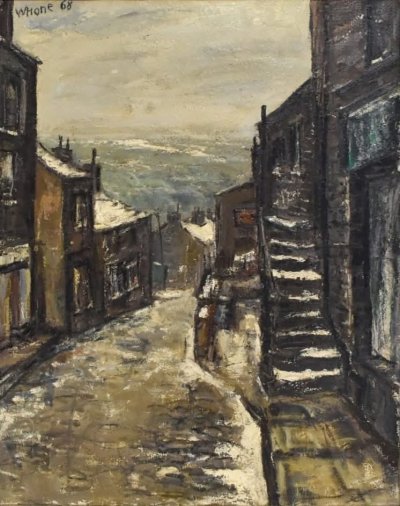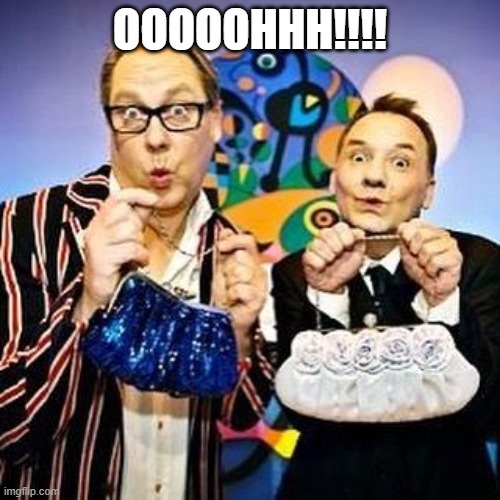Ghost In The Machine
Justified & Ancient
- Joined
- Mar 17, 2014
- Messages
- 2,749
- Location
- Yorkshire
The bloke who made Emily's coffin said it was the narrowest one he ever made for an adult... She'd have probably been ill with TB for several years or more, although wouldn't have realised it til only months before she died. Onset of the obvious symptoms really only a very short time before it carried her off.I have seen one of the sisters' dresses on display in the Parsonage, and iirc, it's absolutely tiny.
I've seen and handled some of the clothing. Small-ish but not beyond the bounds of what was probably normal-ish. Although I don't subscribe to that idea that "people in the past were generally smaller", I also don't think the Brontes were exceptionally tiny. (Before ravaged by TB). Charlotte described herself as "dumpy" but her clothes aren't the clothes of a dumpy person.
Added complication. - Emily may, just may, have been anorexic. There are a few telltale signs. This will have weakened her, as well as the TB.




 I'm not generally a fan of the classics, to be honest I'm not a big reader of fiction (I much prefer non fiction). Wuthering Heights is certainly an exception for me.
I'm not generally a fan of the classics, to be honest I'm not a big reader of fiction (I much prefer non fiction). Wuthering Heights is certainly an exception for me.